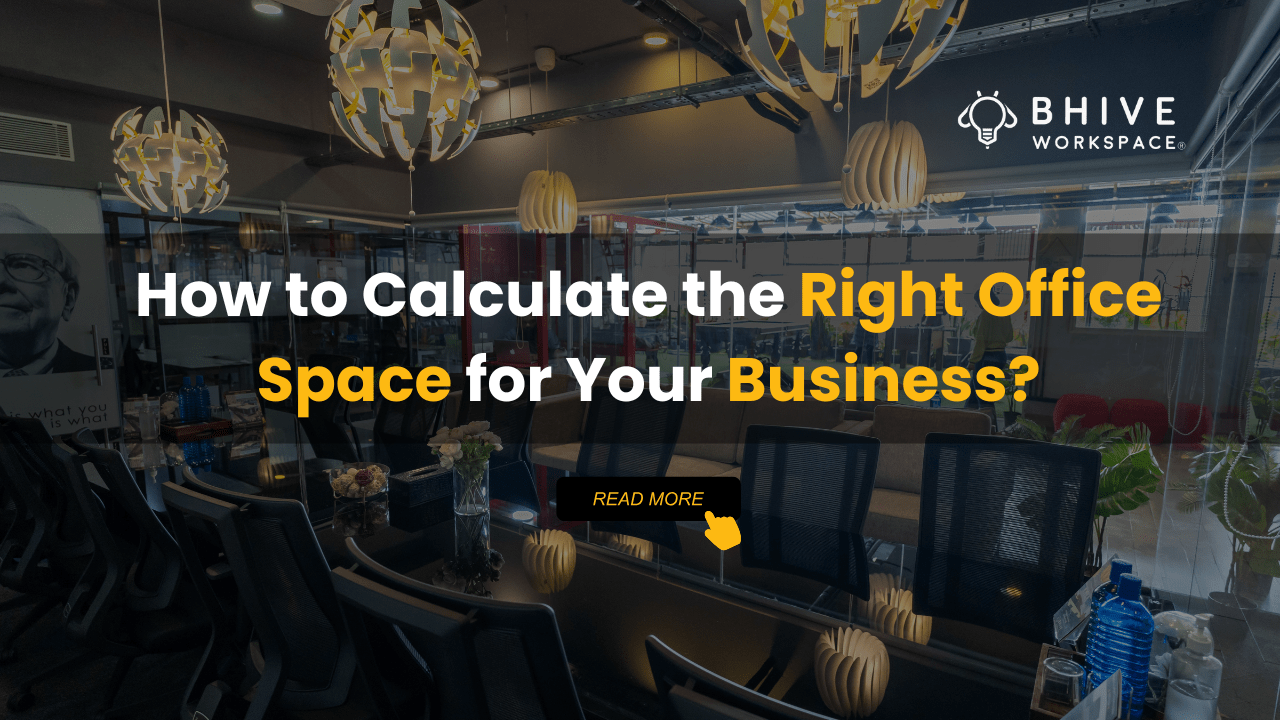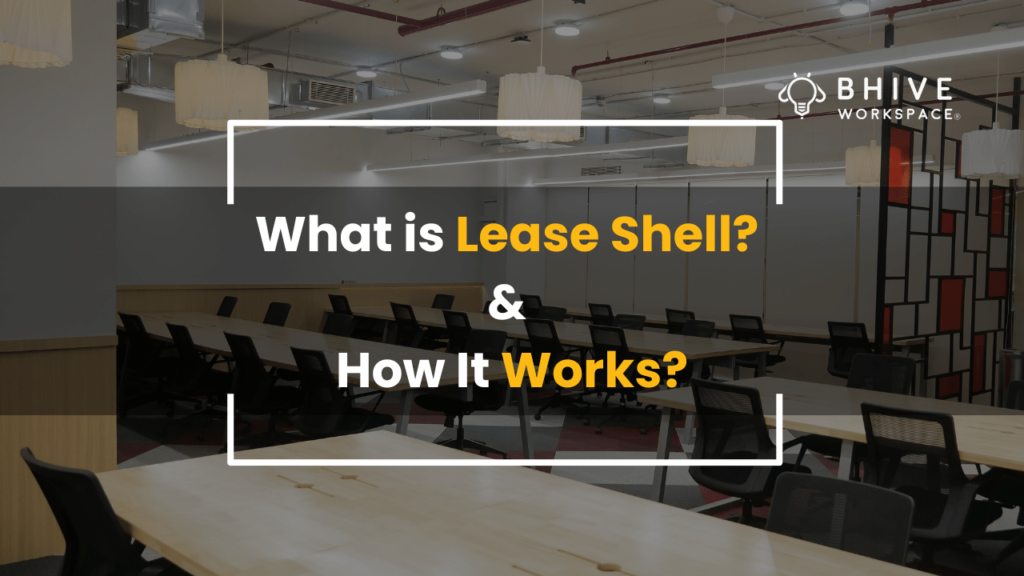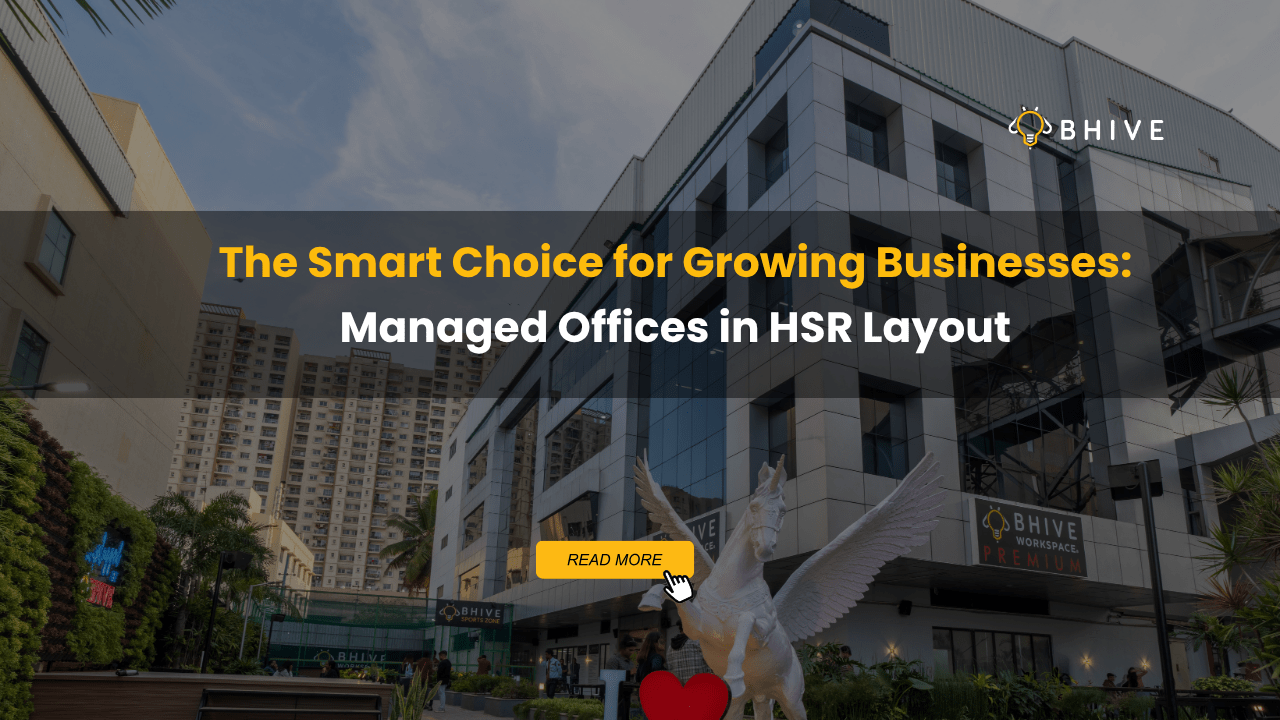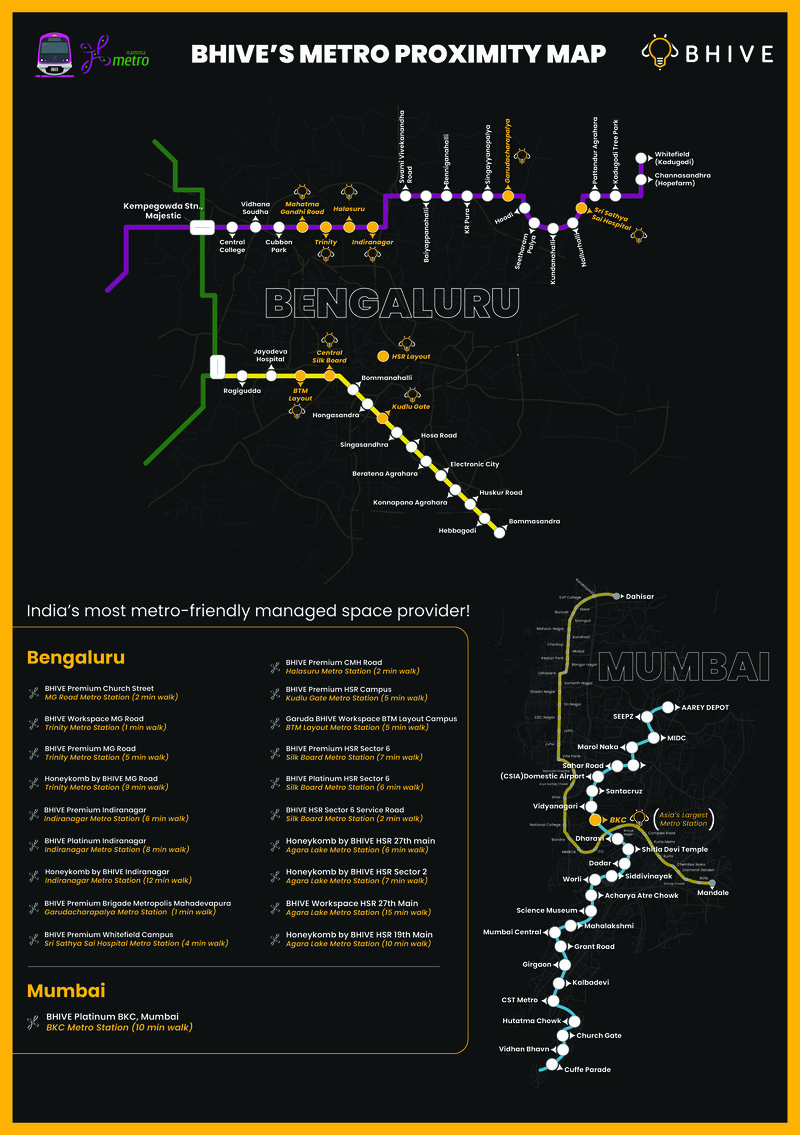How to Calculate the Right Office Space for Your Business?

Calculating and selecting a suitable office space for rent for your business is a significant factor. It affects the comfort level of employees, productivity, and even the company’s overall operations. The new normal in the workplace has changed dramatically, especially after COVID. Remote work and hybrid work have become the norm. You should think long-term about how much space you will require for your business and moving forward.
In this guide, we will take you through, step by step, tips and know how to establish the right amount of space that your company needs.
Factors Impacting Office Space Requirements
To calculate the need for office space for rent, a business has to look at several factors. These are far more important, as they will give you a better estimation of what kind of space your business will require.
Number of Employees
This is one of the most essential factors of office space for rent. Calculations depend on the number of employees needed to calculate the suitable office space for your company.
Most of all, the number of employees would be the primary factor. Counting down everyone who would use the office- full-time and part-timers, even interns, would be essential. If your team is growing, plan for future hires as well.
Type of Work Environment
Office layouts vary in terms of space needs. Open-plan offices, cubicles, and private offices demand different amounts of space. Decide what environment you want – collaborative, quiet, or private.
Common Areas
Shared spaces, including meeting rooms, break rooms, and receptions, are as crucial as individualized desks. Such spaces allow for better collaboration and improvement of employee well-being; therefore, space needs to be included in your space calculation.
Future Growth
Always plan for growth. You should include an additional 10-20% in your space requirements for those new employees you know will be joining.
More people will work remotely, so not everyone will be in the office daily. Knowing how often employees will be in the office helps reduce the space you need. Hybrid work models mean fewer people in the office simultaneously, so you need less space.
Suggested read: What to Look for in a Managed Office Space?
How Much Office Space Do You Need?
Now that you have the main factors, let’s take them step by step to determine how much office space do you need:
Step 1: Determine How Much Space to Allow Each Employee
To decide how much office space for rent you will allocate to each employee, you first have to determine how much space you can allocate to each employee. The type of work environment you decide will have much to do with this decision. Here are some general guidelines:
- Open-plan workstations: About 60-110 square feet per person.
- Cubicles: About 100-150 square feet per person.
- Private offices: Small private office: 90-150 square feet
- Medium private office: 150-250 square feet
- Large private office: 200-400 square feet
Assume your company has 25 employees, and you decide to use 150 square feet per person. Then, the total employee space will be calculated by:
Total employee space = no. of employees x space per employee
Total employee space = 25 x 150 = 3,750 square feet
Also read: Choosing The Right Office Space For Rent For Your Business
Step 2: Calculate Common Areas
Now, you must consider the additional spaces your office will need. Common areas include meeting rooms, break rooms, a reception area, and hallways. These areas add to your total space requirements.
Here are some general estimates for standard area sizes:
- Conference room: Around 50 square feet, plus 25 square feet for each person seated.
- Reception area: Around 100-200 square feet, plus 10 square feet per visitor.
- Break room: Around 75 square feet, plus 25 square feet per person seated.
- Corridors and halls: This typically takes up about 20-30% of the total usable office area.
Let’s say you need one large conference room (15 x 25 feet) for meetings with up to 20 people. Here’s how to calculate the conference room size:
Conference room size = (room dimensions) + (space per person)
Conference room size = (15 x 25) + (20 x 25)
Conference room size = 375 + 500 = 875 square feet
Step 3: Calculate the Total Office Space
You can calculate the total office space for rent once you’ve added the space needed for employees and common areas.
Here’s an example:
- Employee space: 3,750 square feet
- Conference room: 875 square feet
- Reception area: 150 square feet
- Break room: 100 square feet
Total space needed: employee space + conference room + reception area + break room
Total space = 3,750 + 875 + 150 + 100 = 4,875 square feet
Step 4: Plan for Future Growth
Planning for future growth ensures you always have enough space as your business expands. Adding 10-20% of the total space for future hires is excellent.
Take an example where you expect your team to grow by 15%. You adjust your total space calculation as follows:
Future growth adjustment = total space x (1 + growth percentage)
Future growth adjustment = 4,875 x (1 + 0.15) = 4,875 x 1.15 = 5,606.25 square feet
Therefore, your total office space requirement stands at approximately 5,600 square feet.
*Note that, these numbers are taken from industry standard averages and are not subjected to BHIVE’s offerings.
Essential Things to Look Out for
You have worked out the number of units of office space for rent you require, but there are more. There are other aspects you need to have in mind as you design an office setup.
Flexibility
Flexibility is vital when your business grows, or team sizes change frequently. Open layouts, modular furniture, and movable walls make it simpler to reconfigure your office as needed.
Employee Well-being
Happy employees are productive employees. Ensure there is space for relaxation and socialization. Break rooms, natural light, and comfort in furniture can increase employee happiness.
Technology Requirements
Does your office need space for computer equipment storage or a server room? Any technology needs, such as data storage network equipment and anything else, must be factored into the space.
Safety and Compliance
Check local regulatory requirements for office space and safety considerations. There may be some legal minimum space per person, ventilation requirements, or fire safety regulation requirements. Your office should meet all of these requirements.
Accessibility
Ensure that your office is easily accessible to your disabled employees and visitors. Accessibility standards may demand wider hallways, ramps, or elevators, adding to your total space needs.
Use of Tools in Calculating Office Space
Several online tools are available if you are still determining how much office space for rent you will need. There are online office space calculators where you can add the number of employees and office layout to estimate the required space.
You can also take some appropriate suggestions from experts like commercial estate brokers or workplace strategists specializing in office planning. They know the game’s rules and will help you find proper office space.
Benefits of Right Office Space
It is a better benefit to have a right office space on rent. Productivity improves because the employees have enough room to maneuver without crowding out. An office space can also boost employees’ morale, make them feel valued and comfortable, and bring all workers happiness.
Suitable office space can save your business money. Over or under-equipped space will cost you too much rent, and the lack of office space may affect employees’ productivity and job satisfaction. You can optimize your office space by carefully calculating your needs and avoiding unnecessary expenses.
Lastly, planning for future growth allows your business to expand without the hassle of moving frequently. It ensures that your team can grow comfortably over time without outgrowing the space too quickly.
Conclusion
Calculating rent on commercial property in India involves significant planning. This includes calculating the number of employees, common areas, and possible future growth, among other considerations. All these will help you create the type of working environment desired for your business, ensuring that the space that meets current needs is available to accommodate potential future expansion.
If you’re searching for aid in finding the perfect office space without hidden costs, look no further than a partnership with BHIVE, offering flexible office solutions designed specifically for startups and growing businesses. You can avoid many unwanted complications surrounding office space planning by leveraging the best in such a team so that your workspace is aligned with the needs of your team.
To calculate office space, consider employee headcount, workspace type (open vs. private), and future growth plans. A general rule is 100-150 square feet per employee.
Typically, you need around 100-150 square feet per employee for desk space, meeting areas, and common spaces. This can vary depending on the layout.
Key factors include the number of employees, desired layout (open plan or private offices), meeting room needs, and space for future growth.
Startups usually require flexible office spaces, starting from 50-100 square feet per employee, with room for expansion as the company grows.
Yes, the average recommendation is 100-150 square feet per person, but this varies based on the type of office environment and work culture.
What is the formula to calculate office space rental fees?
To calculate office space rental fees, use the following formula:
Rental Fee = Rentable Square Feet (RSF) x Price per Square Foot
Rentable Square Feet (RSF): This includes the usable space along with a portion of shared areas (like hallways and restrooms).
Price per Square Foot: The rental rate charged by the landlord, typically on a monthly or yearly basis.
For example, if the office space is 1,000 RSF at $30 per square foot annually, the rental fee would be:
1,000 RSF x $30 = $30,000 per year








